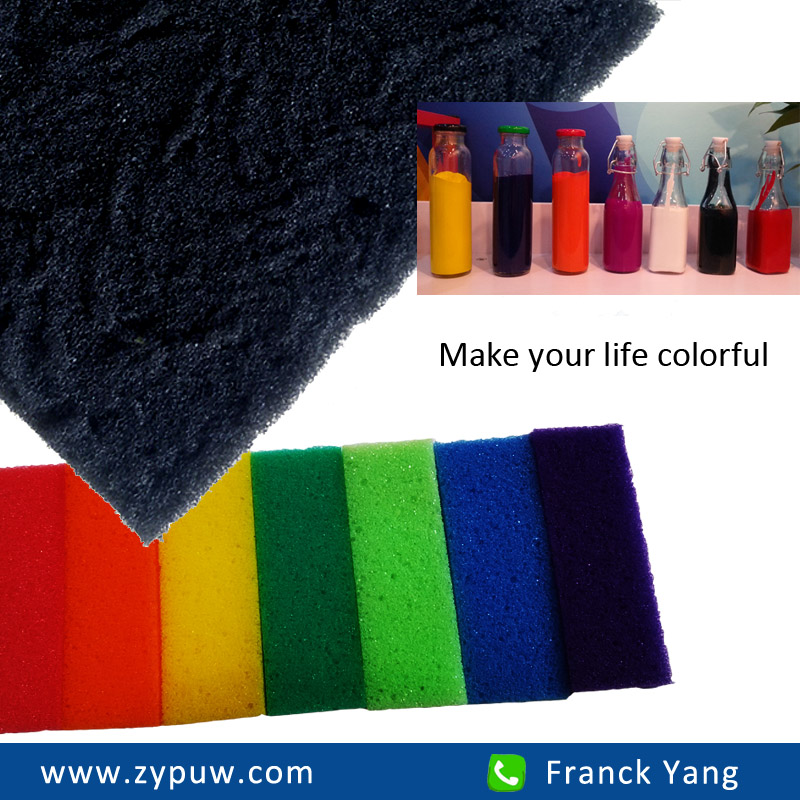PU color paste is a coating material widely used in home furnishing, leather, automobile interior and other industries. However, some common problems may occur during use. The following is an analysis of these problems:
Solidification or precipitation: During the storage and transportation process of PU color paste, due to the large pigment particles it contains, precipitation or solidification is easy to occur. At this time, sufficient stirring is required to redisperse the pigment particles and achieve a uniform state.
Poor paint surface: During the use of PU color paste, if the solvent or additive dosage added is insufficient or incorrect, it will cause uneven texture or poor color on the paint surface. At this point the recipe needs to be readjusted and the correct solvents and additives added.
Viscosity is too high or too low: If the viscosity of PU color paste is too high or too low, its construction performance and coating effect will be affected. The viscosity can be adjusted by adding diluent or thickener appropriately according to the specific situation.
Poor emulsification: During the preparation process of PU color paste, problems such as uneven color or poor physical properties may occur due to insufficient or uneven emulsification. At this time, it is necessary to appropriately adjust the amount and method of emulsifier so that the PU color paste can be fully emulsified.
Poor temperature resistance: During the use of PU color paste, if it encounters extreme environments such as high temperature or low temperature, it may cause problems such as a decrease in its physical properties or deformation of the coating film. At this time, you need to choose a PU color paste with better temperature resistance, or add a specific stabilizer for improvement.
In short, various problems may occur during the use of PU color paste, but as long as the cause of the problem is found according to the specific situation and corresponding adjustment measures are taken, these problems can be effectively solved.


